
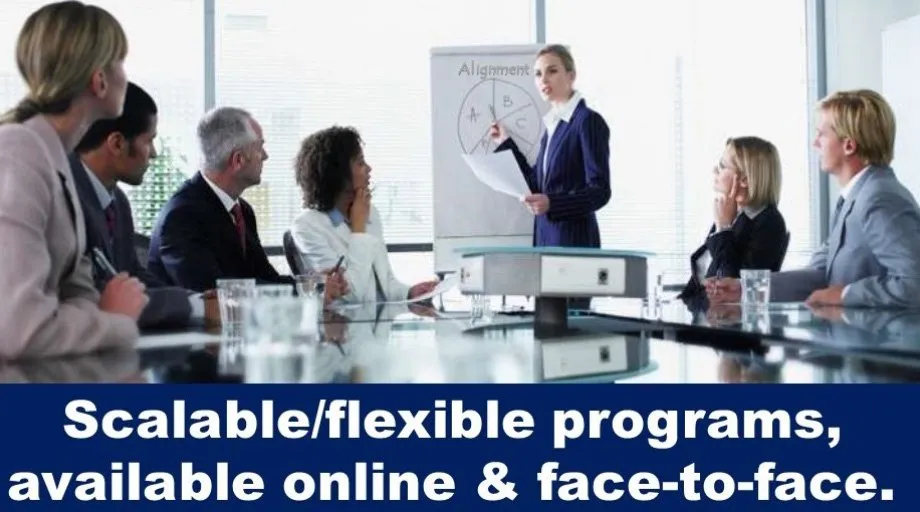
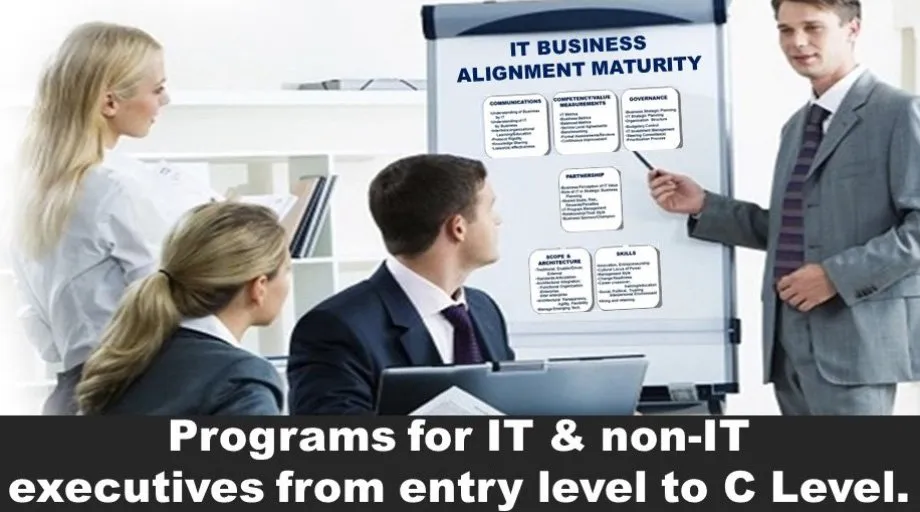

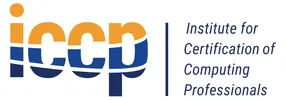
As more companies embrace and expand their cloud computing (whether external, private, or hybrid cloud options) they are discovering new ways to more easily deploy, customize, secure, and manage their workloads. Cloud computing was new to the list of key technologies in 2009, when it was ranked seventeenth. In 2010 it jumped to No. 5, and since 2011 it has been ranked second. Most CIOs expect to operate their applications and infrastructures via cloud technologies within the next five years. Over the next three years nearly 65% of the growth in cloud spending will come from companies that make little or no use of the cloud today—and that industries like retail, transportation, industrials and financial services will demand more private and hybrid cloud offerings. It is anticipated that investments will continue to rise, while significantly impacting IT sourcing strategies. Understanding the integration and management of the entire ITIL and TOGAF frameworks (across ITOM, ITSM, ITBM, ITAM, CSM, and Security Operations) are essential.

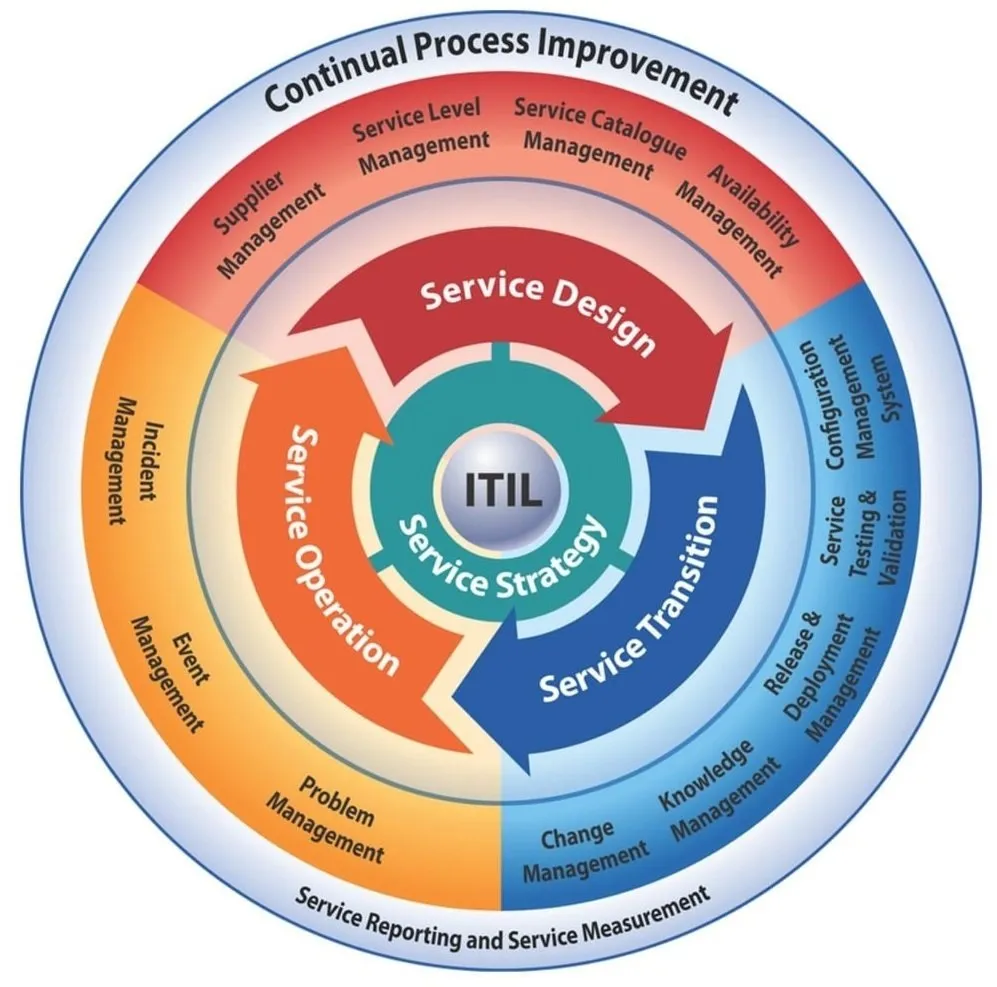
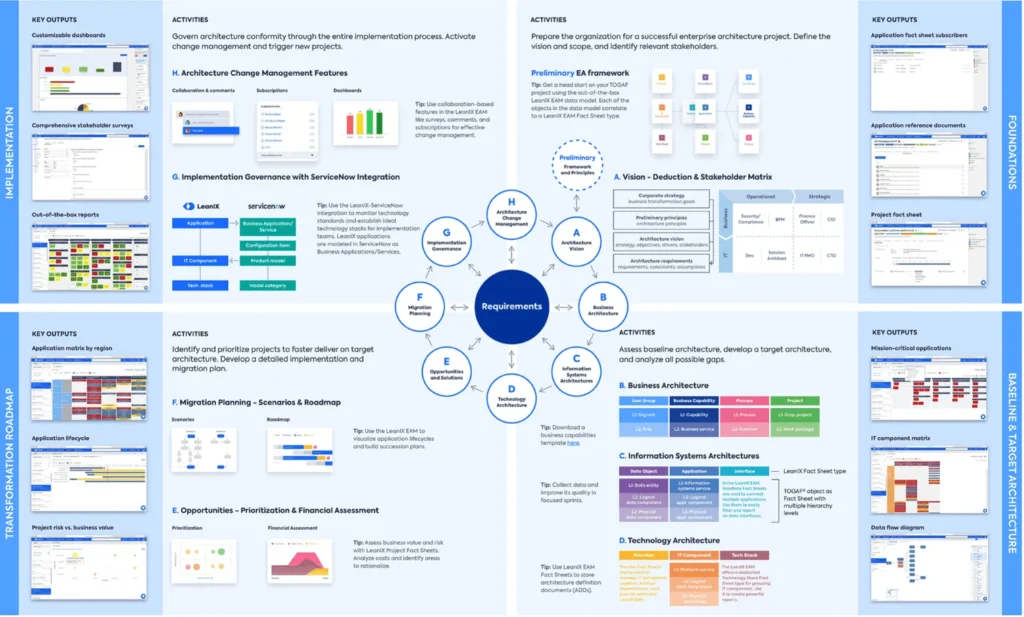

Cloud infrastructure investments has evolved far beyond simple cost savings. Executives today use a blend of financial, operational, and strategic metrics to assess value. Here’s a breakdown of the most effective approaches:
🔑 Key Metrics for Cloud ROI
🧭 Frameworks Executives Use
These frameworks help shift the conversation from “How much are we spending?” to “How much are we gaining in strategic advantage?”
CapEx vs. OpEx in Cloud Infrastructure
Capital Expenditures (CapEx) are upfront investments in physical assets—think servers, data centers, and networking hardware. These are typically large, one-time costs that are depreciated over time. In traditional IT, CapEx locks you into fixed capacity, whether or not you use it fully.
Operational Expenditures (OpEx), on the other hand, are ongoing costs for services and resources consumed. In the cloud, this includes computer, storage, and networking billed on a pay-as-you-go basis. You only pay for what you use, which shifts IT spending from a fixed to a variable model.
⚙️ Pay-as-You-Go & Rightsizing
Together, these practices help avoid over investment (a CapEx risk) and reduce waste (an OpEx opportunity), making cloud infrastructure more agile and financially efficient.
Global Institute for IT Management © 2025